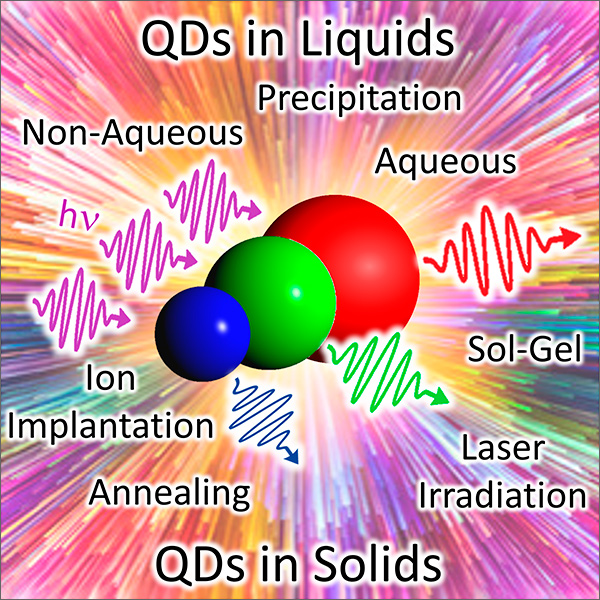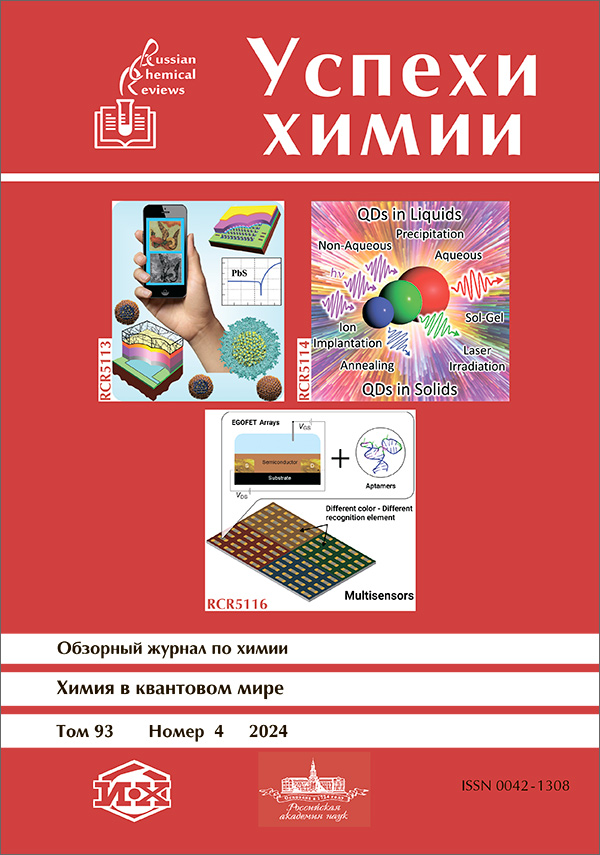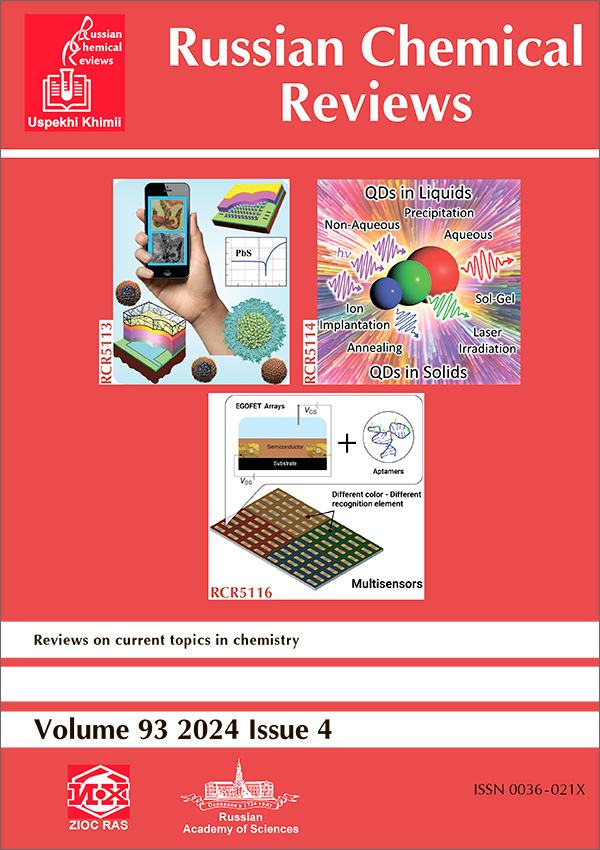| Russian Chemical Reviews |
|
|


|
|
|
This article is cited in 15 scientific papers (total in 15 papers) Quantum dots: modern methods of synthesis and optical properties A. A. Rempelab, O. V. Ovchinnikovc, I. A. Weinsteinab, S. V. Rempel'd, Yu. V. Kuznetsovad, A. V. Naumovefg, M. S. Smirnovc, I. Yu. Eremchevef, A. S. Vokhmintsevb, S. S. Savchenkob a Institute of Metallurgy of the Ural Branch, Russian Academy of Science, Ekaterinburg, Russian Federation b Ural Federal University, Ekaterinburg, Russian Federation c Voronezh State University, Voronezh, Russia d Institute of Solid State Chemistry, Urals Branch of the Russian Academy of Sciences, Ekaterinburg, Russia e Institute for Spectroscopy, Russian Academy of Sciences, Troitsk, Moscow f Moscow Pedagogical State University, Moscow, Russian Federation g Troitsk Branch of the P.N.Lebedev Physical Institute of the Russian Academy of Sciences, Troitsk, Moscow, Russian Federation 
Citation: A. A. Rempel, O. V. Ovchinnikov, I. A. Weinstein, S. V. Rempel', Yu. V. Kuznetsova, A. V. Naumov, M. S. Smirnov, I. Yu. Eremchev, A. S. Vokhmintsev, S. S. Savchenko, “Quantum dots: modern methods of synthesis and optical properties”, Usp. Khim., 93:4 (2024), RCR5114; Russian Chem. Reviews, 93:4 (2024), RCR5114
This publication is cited in the following 15 articles:
|


|
||||||||||||||||||||||||||||||||||||||||||||||||||||||||||||

|
 Contact us:
Contact us: |
 Terms of Use Terms of Use
|
 Registration to the website Registration to the website |
 Logotypes Logotypes |
|










